Converting to Induction Cooking in Melbourne
Premium induction cooking appliances expertly installed and serviced.
Considering Converting to Induction Cooking?
Induction cooking appliances have always been popular amongst Addison clients due to the cooking performance benefits and sleek, easy to clean design.
In recent times the rising cost of gas and the gas installation restrictions by Victorian state government have taken induction installation from something people would like to have, to something the just makes the most practical sense.
Check us out on YouTube!
On site with Tim for 7 Things to Know Before Converting from Gas to Induction Cooking.
Induction Cooktop Installation Melbourne
Upgrade your kitchen with professional cooktop installation from Addison Appliances. Whether you need an induction cooktop installation or a traditional cooktop setup, our experienced technicians provide reliable service to ensure a seamless fit.
Addison Appliances specialises in all types of cooktop installation, from standard electric cooktops to modern induction cooktop installations. Our team is fully licensed and insured, offering services that adhere to Australian safety standards. Whether you’re upgrading to an energy-efficient induction cooktop or replacing an outdated appliance, we ensure smooth and hassle-free induction installation. With a focus on precision, safety, and efficiency, we help homeowners and businesses in Melbourne create functional and stylish kitchens.
Induction Cooking Appliance installations
Our clients are increasingly choosing to disconnect gas cooking appliances and install induction appliances due to the cost saving aspects of eliminating dependence on gas in addition to the numerous benefits of induction technology. Induction cooktops offer faster and more precise heating, leading to improved cooking efficiency. They are also safer, as they remain cool to the touch.
Induction cooking surfaces are sleek and modern but most importantly, very easy to clean.
The process is easy!
Get the ball rolling...

Get product advice & Check compatibility
*Addison staff may request a site inspection if the information provided is insufficient to provide an accurate quote.

Get quoted & Booked In
Once the installation methods and the compatibility of a particular product has been determined Addison will email a quote to you. If you wish to proceed please email us back and let us know the ideal installation dates that suit your schedule.
Just remember if you are sourcing an induction appliance yourself from a retailer we kindly ask that you only book the Addison installers to arrive at least one day after the expected arrival of the appliance.

Multiple Tradespeople arrive for Installation
It’s time to install your new product.
Addison’s gas fitter will begin by decommissioning the old gas appliance.
The electrical team will run all circuitry (through the roof or under the floor) from the switchboard to the appliance and install the required isolation switch in the kitchen. Finally the appliance will be installed and will be ready to cook dinner on!
*Before arrival of the installers it may be best to move any pots. pans or cutlery that are situated in the below cupboards or drawers.
What if the new appliance does not fit into my stone bench top cut out?
We have WorkSafe approved professionals available to safely and efficiently cut all stone bench tops to suit your new appliance.
Not sure if you will need stone bench top cutting services or not?
Dont worry, this service is only arranged in the event that it is found to be required and is requested by you.
Trusted by Australia's leading retailers
Considering induction?
Get in touch with our team?
Considering induction?
Where do people go wrong when converting to induction?
There are three main factors that are considered by Addison staff when determining the installation requirements for an induction appliance.
Without considering these factors you may accidentally purchase a product that can’t be installed in your home.
1. Assess the ability of the electrical switchboard to power the new appliance.
Some induction products can require quite a substantial power supply to run them. For this reason Addison administrative staff may request to see the clients electrical switchboard (either in person or via photos) to ensure there is enough mains power available at the switchboard to supply the desired product in the first place, and additionally to determine whether or not the configuration of the board allows for the new circuitry that will be required. If the availability of power at the home is not sufficient our team may simply suggest a more suitable model.
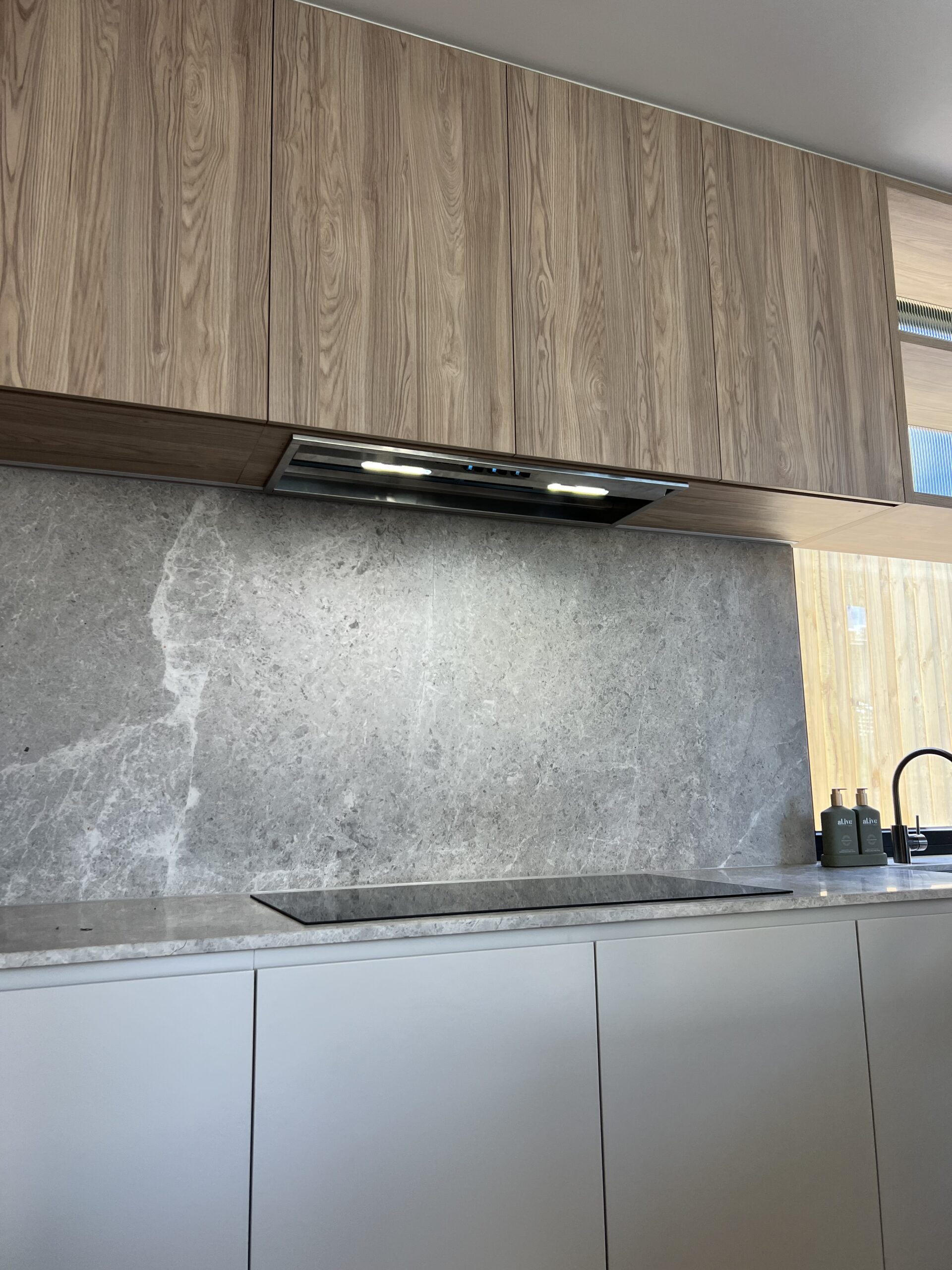
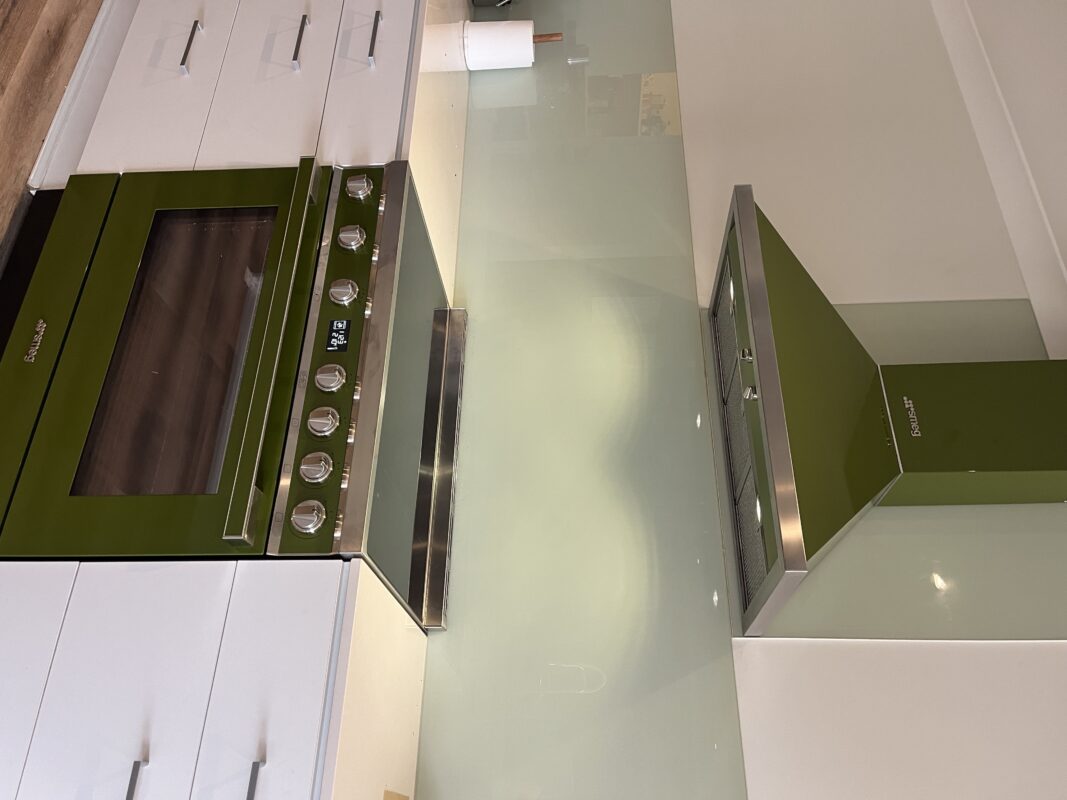
Considering induction?
Where do people go wrong when converting to induction?
2. It is important to determine whether or not the electrical team will have a path by which the new circuitry can be ran from the switchboard to the new appliance.
Running a new electrical circuit may require installing the new cable through roof spaces, under floors, along external walls or even neatly in the back of cabinetry sections. The ideal induction installation takes place on homes with ample roof or underfloor space that can be accessed. If your home does not meet this description don’t worry, we may just need to get creative. Addison’s electricians are very experienced operators who can often find impressive ways and means to achieve the desired circuitry run.
While it is very infrequent that we must inform a customer that there is no way to undertake their circuit installation, it most certainly bad news that a client would prefer to receive before making an appliance purchase, rather than after the fact.
3. Assess the physical design of the kitchen cabinetry and bench top.
This one may seem obvious, but you must be sure that you do not purchase a product that can not fit on the section of bench top available. We simply can not extend a bench top to be deeper if the appliance is too large for the space. This would only ever be an issue in kitchens with very shallow bench tops.
Additionally if the cut out from the old appliance is larger than that of the new appliance, Addison installers can not aesthetically extend the countertop to fill these gaps. If you’re at all concerned about having gaps present once the new appliance is installed then please opt for an appliance that may be slightly too large opposed to an appliance that may be slightly too small. When it comes to modifying the bench top, we can cut it larger, but we certainly can not grow it back!
Yes we do have work safe approved professionals who can safely cut stone bench tops if required.
COmpliance, compliance, compliance...
induction Cooktop Installation Regulatory Requirements.
1. An isolation switch is required.
An isolation switch is a simple gadget (usually installed in the kitchen splash back) that allows the power supply to the appliance to be shut off and on with an easy flick of a switch.
Regulation requires an isolation switch to be installed within 2000mm of the cooktop but no closer than 200mm. The switch must be in a visible area and can not be tucked away in a cupboard.
Now you’re probably thinking “I dont want to cut wholes in my kitchen splash back to install some ugly switch”, and well frankly that sounds pretty fair to us.
Dont worry though we have a way of making the switch pretty inconspicuous by incorporating it into the power points that you likely already have in your kitchen (where you plug in the kettle or toaster).
As part of the process of installing the electrical circuit for the new cooktop the electrical team will pop the powerpoint panel off the wall and supply and install a new panel that incorporates an isolation switch. It’s neat and inconspicuous.

You may have even seen this sort of setup before at a friend or family member’s home but as it can be so subtle that you probably never even noticed it.
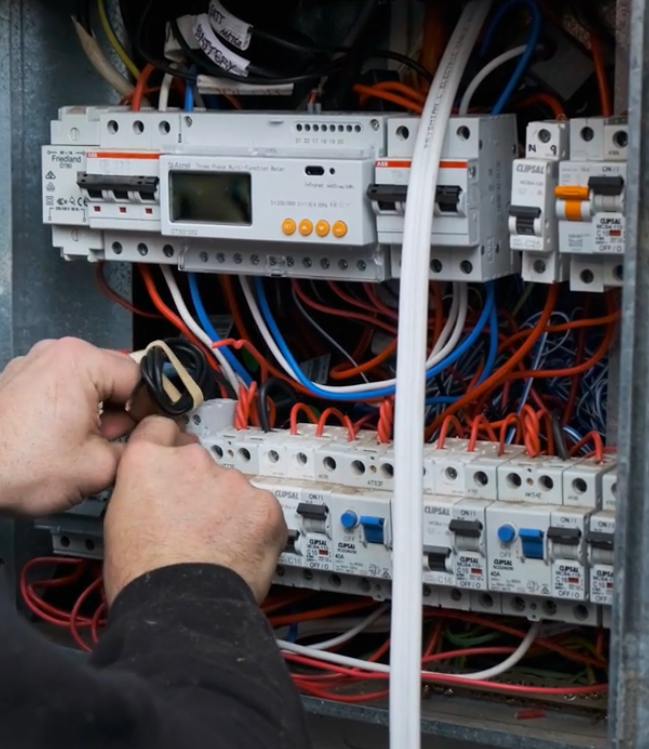
COmpliance, compliance, compliance...
2. Adequate circuitry must be used to supply power to the appliance.
We are often the bearers of bad news, informing clients that they can not simply plug their new induction cooking appliance into any old, available powerpoint. While it would certainly be a lot easier to plug the appliance into a nearby powerpoint, there certainly will not be enough electrical supply available to power the new appliance and it would also not be legal to do so.
For this reason an adequately sized and legally installed electrical circuit must be utilised to service the appliance.
When converting from a gas cooktop to an induction cooktop, Addison administrative staff will be aware of the circuitry requirement and will include this required labour and materials in the installation quote that they provide to you.
COmpliance, compliance, compliance...
3. There are clearance requirements above cooking surfaces that must be adhered to.
When installing a new induction cooktop or a new rangehood there must be a distance of at least 600mm of space from the cooking surface to the lowest point of the rangehood.
Complying with this legal requirement is rarely an issue when installing a new induction cooktop as it is uncommon for there to not be at least 600mm of clearance in typical Victorian homes.
Installation can be more challenging when it comes to installing gas cooktops. The reason for this is because gas cooktops require a minimum of 650mm of clearance from the top of the gas burner to the lowest part of the rangehood. This may only sound like an extra 50mm of clearance requirement, however when you consider that the burner on a gas cooktop typically sits around 30mm proud of the cooktop you may find yourself needing 80mm or so additional distance from bench top to the rangehood when installing a gas cooktop opposed to an induction cooktop.
Well if you do not have that amount of distance to legally install a gas cooktop you may choose to alter the height of your rangehood and related cabinetry however this could be a real pain and somewhat costly. Alternatively you could switch your gas cooktop over to an induction cooktop, meet the more lenient clearance requirements and leave your rangehood the way it is. Many Victorians are choosing to switch to induction cooking opposed to gas cooking simply to meet this regulatory clearance requirement.
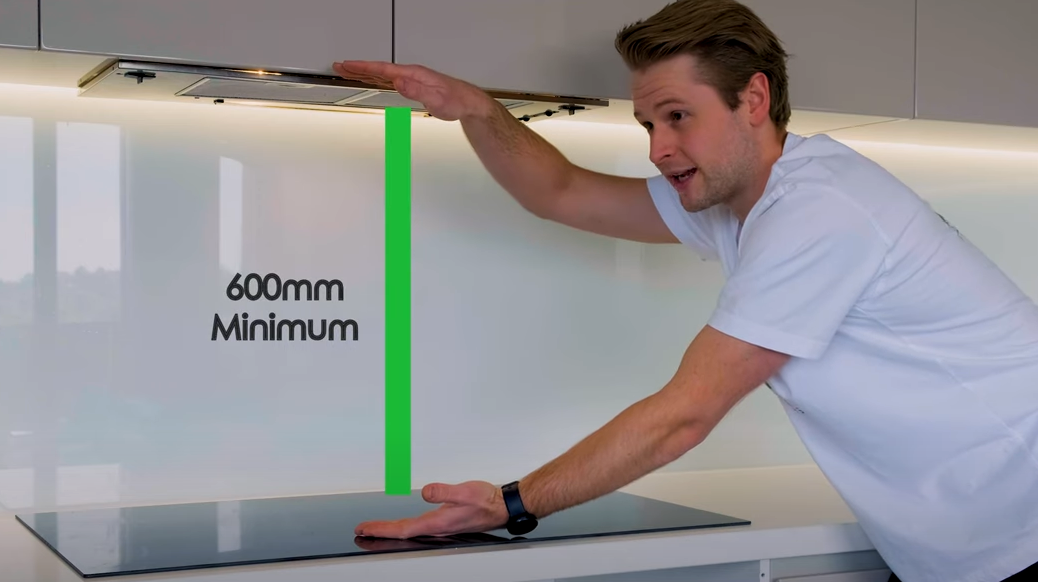
Yes, even when simply changing over old appliances with new appliances our installers must follow the most current regulatory clearance requirements.
Scroll down for more information on induction installation.
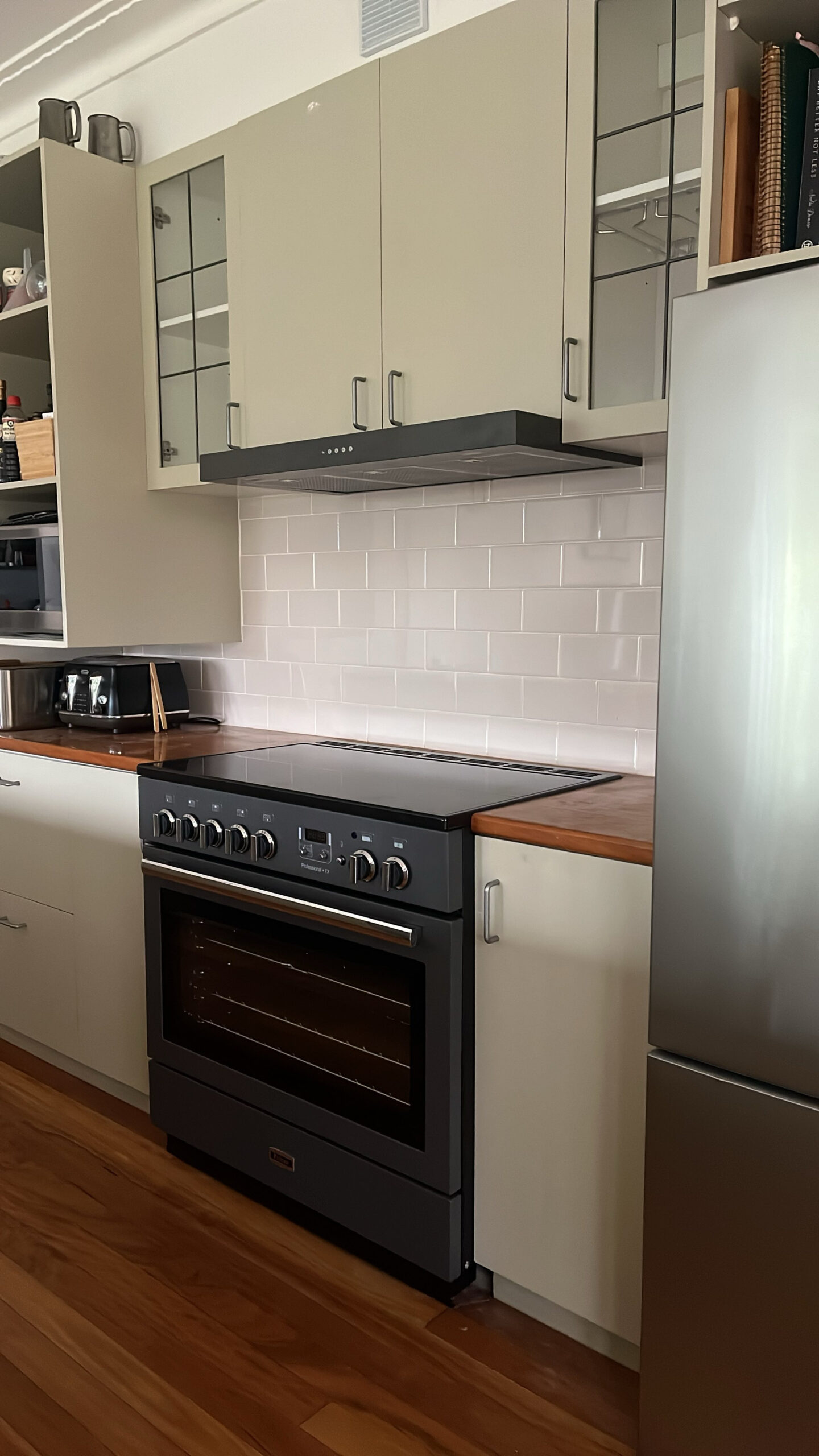
Surely we can ignore some of these silly compliance requirements?
No! Following regulation protects you, not just the electrical team!
Addison installers follow all ESV legal requirements not only to cover our back side and protect our licenses but also to ensure that the work is safe, upholds product warranty and maintains insurance status of the clients home.
You may find an alternative company who is willing to skip some of the regulatory requirements discussed on this page and maybe this will go unnoticed by the ESV and you may even save a couple bucks.
Safety aside, when skipping over requirements and not installing to specified standards of the product you are opening the door to vulnerabilities from appliance brands who may use these shortcomings as an excuse to not cover future product faults that you may experience.
Worse still, imagine a similar scenario from a home insurer who does not want to pay out for damages from something as horrific as a fire, all because the work done was not compliant.
We do not take these risks and you shouldn’t either.
What is "Change Over" Quoting?
I already have an electric cooktop,
I just want to swap it out for a new one.
That’s Great!
This is what we call a “change over” installation.
A change over quote assumes that the existing circuitry can be utilised to power the new appliance, eliminating the need to run an entirely new circuit. As this method requires far less labour and materials this can be more cost effective for the client.
Do keep in mind however that the existing circuit must be adequately sized, legally installed and must meet all current regulation requirements. Additional work to bring the circuit up to standard can include the supply and installation of an isolation switch (as detailed above on this page) or upgrading any components at the electrical switchboard that does not meet present day compliance requirements.
the potential for any additional costs for extra work or materials will be clearly disclosed in the terms of all Addison quotes.
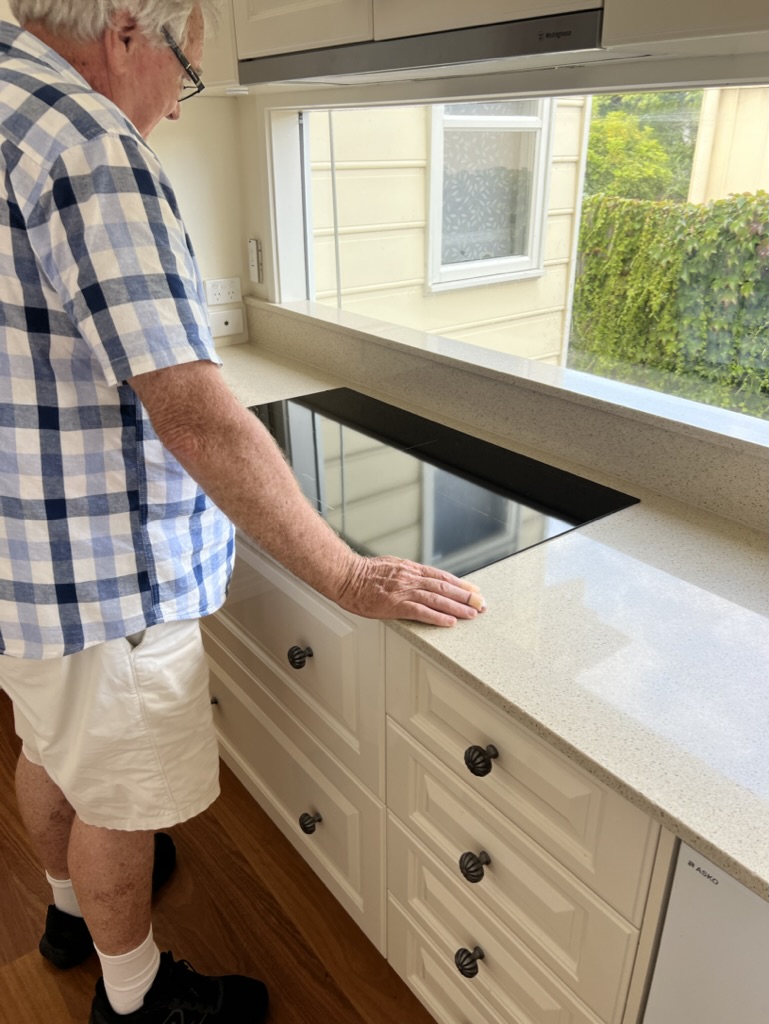
FAQs
Unfortunately this would not be legally compliant.
The isolation switch must be in a visible location within 2 metres, but no closer than 20cm to the appliance.
Addison installers can make the switch very neat by incorporating it into near by power points.
You may never even use it, but it is legally required.

